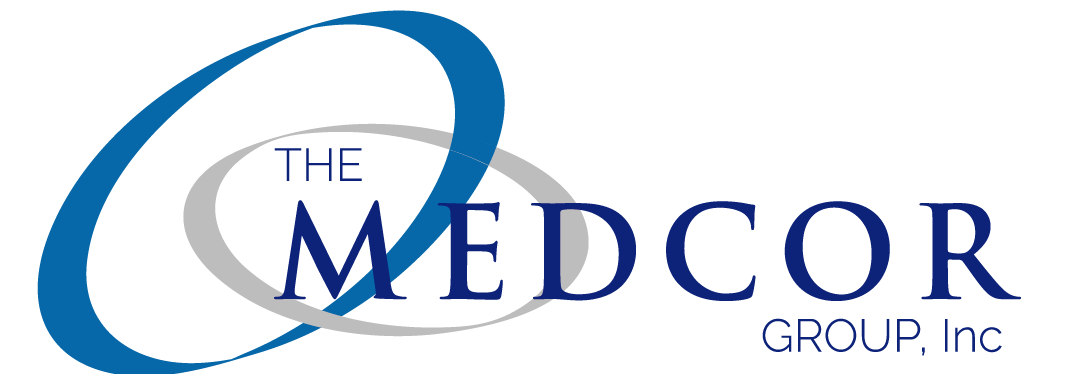Adding more people to the medical billing team won’t necessarily help reduce or prevent denials unless they are trained and current on medical billing best practices.
Here are the top 4 ways to reduce claim rejection and denials:
- Front office data entry
The medical billing process starts with the front office staff collecting patient information. This is the foundation for billing and collecting errors. Take the time upfront to make sure all ID numbers are correct to help reduce issues in the billing process. It will be up to the medical biller to correct and resubmit any claims that were denied due to the front office staff data entry errors. All numerical data should be double-checked before a claim is submitted, as transposing of digits can happen, especially when entering a patient’s date of birth. - Accurate Coding
A good understanding of medical billing and coding guidelines is essential in making sure that all claims are correct. Some of the diagnosis and procedure codes are updated annually, so some of the codes that you commonly bill for may be changed or deleted. Taking the time to train staff on coding updates can help reduce coding errors. If you bill with an invalid code, your claim will be denied. The easiest way to avoid this type of error is to make sure that you always have the most updated versions of your coding books. - Use an automated EHR/EMR for billing and claims management
According to a HIMSS Analytics report, about 30% of providers are still using a manual process for denials management. Trying to manage the revenue cycle processes manually may lead to inaccuracies and an increase days in A/R. The report also found that medical practices that utilize a vendor for their revenue cycle management were able to find and understand the root causes of denials and were able to resolve issues and decrease the number of write offs.Automated EHR/EMR solutions help to improve the healthcare revenue cycle giving more insight into analytics, which can help an organization improve on KPI’s. Medical billing software packages include checklists and reminders to help ensure proper billing and coding practices. - Use technology and analytics to manage denials
Technology and analytics are vital in obtaining business intelligence to quantify and categorize denials. You should track, measure and report on trends by doctor, department, procedure and payer. This data will help you to analyze and prioritize denial trends, determine what resources are needed to implement solutions and track and report progress.
Why should monitor denials and rejections for trends? If there is an unexpected uptick in denials and rejections, you should take the time to assess what’s going. You may find that the majority of your claim denials are coming from one particular insurer. On the other hand, you may find that a particular diagnosis code leads to more rejections. Uncovering the top reasons for denials can help you quickly increase your clean claims rate. A minor change in insurer requirements could be responsible for an increase in rejected claims.

